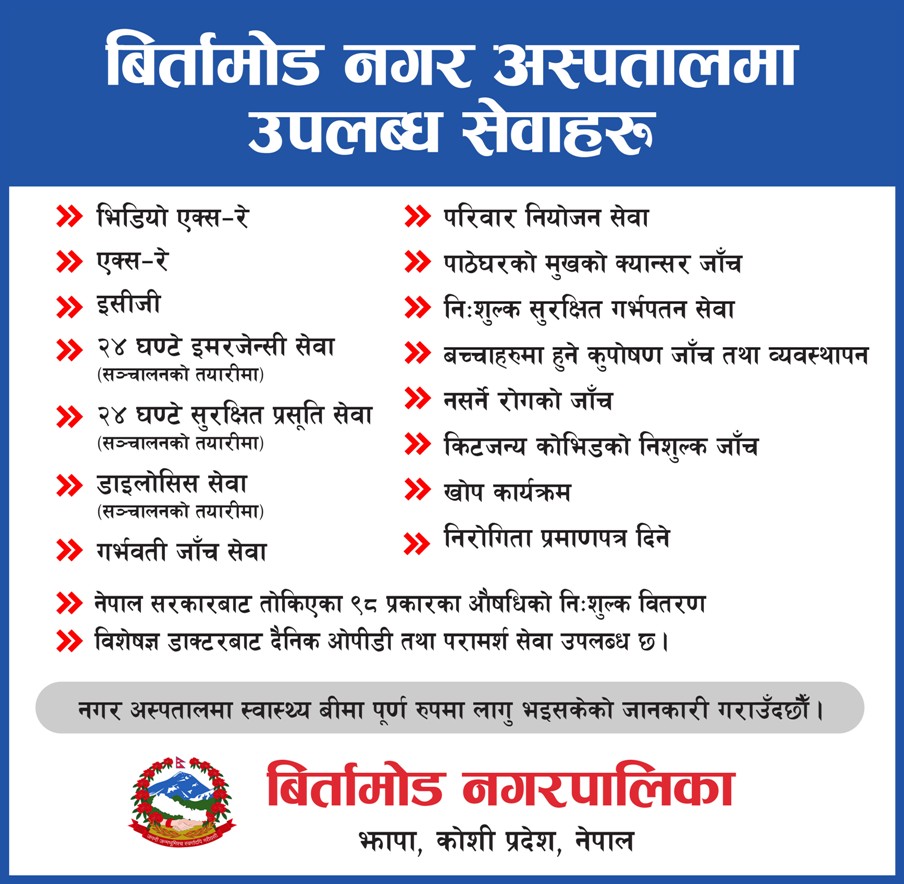Again, the entry would still balance, and so would not be spotted by reviewing the trial balance. Know which account should be coded as a debit and which account is a credit when recording transactions. Get enough training to handle relevant GAAP accounting principles correctly. After the preliminary Unadjusted Trial Balance, also known as the Trial Balance, is prepared, accountants review it and determine if corrections are required for determining adjusted balances.
This trial balance example includes an image and a description of a trial balance. When an inaccurate sum is entered in the Journal or subsidiary books, errors of commission happen. They are beneficial in specific https://www.bookkeeping-reviews.com/guide-to-how-to-do-marketing-research/ ways, but it’s essential to understand their limitations. They may only find some problems, such as omitted transactions or categorization errors because they primarily concentrate on mathematical accuracy.
Trial balances still have value in some situations, even if the process of checking credit and debit balances has been automated by contemporary accounting software. The debit and credit balances are listed in the column of both the debit and the credit side. This method ensures that each account’s horizontal equity balance accurately represents in the TB. The final debit and credit balances are shown for each account listed in the TB. The total debit balances will match the credit balances if the general ledger is accurate. Note that for this step, we are considering our trial balance to be unadjusted.
Common types of account totals for income statement accounts are credits for sales and other types of revenue and debits for cost of sales and expenses. Gain accounts typically have credit balances, whereas loss accounts typically have debit balances. In a trial balance, each general ledger account is listed with the account number, account name description, debit amount in the Debit column, and credit amount in the Credit column. At the bottom of the trial balance report document, the Debit and Credit column totals are presented. According to the rules of double-entry accounting, total debits should equal total credits.
It is usually used internally and is not distributed to people outside the company. At the end of an accounting period, the accounts of asset, expense, or loss should each have a debit balance, and the accounts of liability, equity, revenue, or gain should each have a credit balance. On a trial balance worksheet, all of the debit balances form the left column, and all of the credit balances form the right column, with the account titles placed to the far left of the two columns. Every business concern prepares final accounts at the end of the year to ascertain the result of the activities of the whole year.
AccountingTools
After preparing your trial balance this month, you discover that it does not balance. The trial balance can also be used to manually compile financial statements, though with the predominant use of computerized accounting systems that create the statements automatically, the report is rarely used for this purpose. If the trial balance doesn’t balance, your accounting team should investigate and correct errors. During the accounting close process, check that the trial balance line items are included in the general ledger.
This is a two-sided column that includes the left one as debit and the right one as credit balances. Account descriptions help users recognize the type of account (e.g., asset, liability, revenue, expense) and its role in the financial statements. This is used as a first check by auditors to ensure there are no mathematical errors before moving on to more detailed and in-depth investigations, even though it does not give a thorough audit of the accounts.
This acts as an internal control mechanism, allowing the accounting team to validate the accuracy of their double-entry accounting systems. They may verify that all transactions have been accurately recorded by comparing the sum of the debits and credits. The total debit and the credit side of the TB are recorded on their respective sides of the debit and credit columns.
Every credit to one account in double-entry accounting must be offset by a comparable debit to another account. Balance sheet accounts include Cash accounts, Marketable Securities, Accounts Receivable, Inventory, Fixed Assets, Prepaid Expenses, and Intangible Assets. Liabilities include Accounts Payable, Accrued Liabilities, Short-term Portion of Notes Payable, Notes Payable-Long Term, and Deferred Revenues. Shareholders’ Equity Accounts in the balance sheet include Retained Earnings, Paid-In Capital, Treasury Stock, and Accumulated Other Comprehensive Income (Loss).
Trial Balance vs. Balance Sheet
Let’s now take a look at the T-accounts and unadjusted trial balance for Printing Plus to see how the information is transferred from the T-accounts to the unadjusted trial balance. For example, an entry in which the debit and credit should both have been $100 is instead entered as $1,000 to both the debit and credit accounts. This means that the entry is balanced, and so would not be spotted via a trial balance review – and yet is still incorrect. A company’s transactions are recorded in a general ledger and later summed to be included in a trial balance. A trial balance is so called because it provides a test of a fundamental aspect of a set of books, but is not a full audit of them.
In contrast, the total of the debit and credit sides of each account is recorded in the total columns. The total of the debit balances and the total of the credit balances are determined at the bottom of the TB. A trial balance only shows the ending balance in each account, while a general ledger also shows the detailed transactions that comprise the ending balance, or at least points toward the relevant subledger that contains this information. This additional level of detail reveals the activity in an account during an accounting period, which makes it easier to conduct research and spot possible errors.
- One way to find the error is to take the difference between the two totals and divide the difference by two.
- For example, an entry in which the debit and credit should both have been $100 is instead entered as $1,000 to both the debit and credit accounts.
- A trial balance may contain all the major accounting items, including assets, liabilities, equity, revenues, expenses, gains, and losses.
- Hence, the trial balance is less important for bookkeeping purposes since it is almost certain that the general ledger and the trial balance will have the debits equal to the credits.
- They may verify that all transactions have been accurately recorded by comparing the sum of the debits and credits.
- Trial balances are a vital auditing technique used to ensure whether the total debit equals the total credit in the general ledger accounts, which plays a crucial role in creating the balance sheet and other financial statements.
The debits and credits include all business transactions for a company over a certain period, including the sum of such accounts as assets, expenses, liabilities, and revenues. A trial balance can be used to detect any mathematical errors that have occurred in a double entry accounting system. A trial balance is a bookkeeping worksheet in which the balances of all ledgers are compiled into debit and credit account column totals that are equal.
Once all balances are transferred to the unadjusted trial balance, we will sum each of the debit and credit columns. The debit and credit columns both total $34,000, which means they are equal and in balance. However, just because the column totals are equal and in balance, we are still not guaranteed that a mistake is not present. This balance is transferred to the Cash account in the debit column on the unadjusted trial balance.
Examples of the Trial Balance’s Use
This method is less commonly used but can provide additional information about the balances and totals of ledger accounts. If a trial balance is in balance, does this mean that all of the numbers are correct? It is important to go through each step very carefully and recheck your work often to avoid mistakes early on in the process.
For example, let’s say that you bought $600 worth of office supplies on a personal credit card, resulting in a $600 credit excess on your unadjusted trial balance. The adjusted trial balance would correct the error by adding a $600 debit to expenses. This can detect mistakes in the accounting process, such as when transactions are posted to incorrect accounts. Imbalances in the TB indicate inconsistencies that must be considered and fixed. The individual balances of each account are transferred to the respective balance columns.























